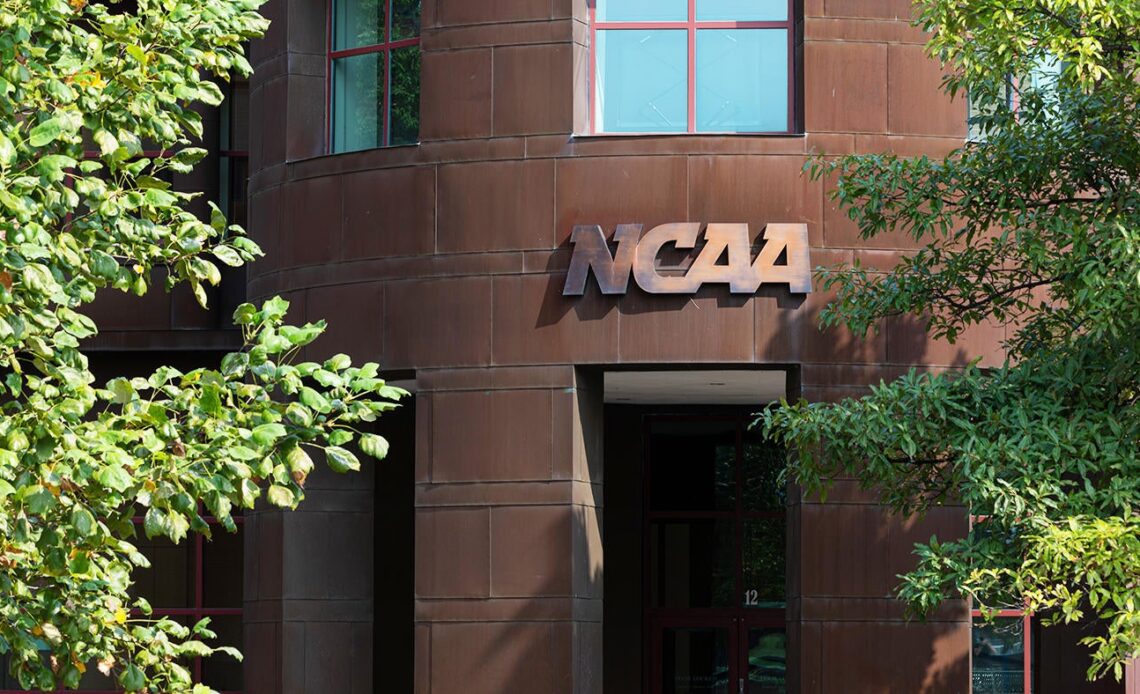The NCAA on Friday rescinded a ruling issued earlier this week that appeared to shut down the transfer portal at the conclusion of the fall semester, confounding college football coaches and compliance personnel across the country. In walking back their guidance, players will be able to transfer between semesters, enrolling in new schools and playing for those programs in the spring despite confusion otherwise.
Legislation adopted in August indicated there will be no room for programs to add undergraduate transfers between semesters given annual financial aid limits for 85 scholarship players. That would have left in limbo potentially thousands of athletes who had already entered the portal expecting to enroll and begin practicing at a new school at the start of the spring semester.
One compliance veteran described the situation as such: The portal is full of athletes going seeking an open door. The effect of current NCAA language is that all doors will be closed.
“What that means is they’re effectively shutting down the portal,” a distressed Power Five head coach told CBS Sports. “It’s a cluster.”
The NCAA did not respond to a request for clarification Thursday. However, documents distributed to NCAA members on Tuesday were removed from the association’s website Thursday afternoon with the guidance change coming Friday.
Under NCAA rules, a football team that has reached its annual limit of 85 scholarships can replace some of those players between semesters under an assortment of circumstances: transfers, ineligibility, graduation, quitting the team. What the distributed documents stated was that no four-year transfer could come in as a replacement and count against that sport’s annual scholarship maximum.
The only students who could have replaced those lost scholarships, then, would have been incoming high school athletes and graduate transfers. Such a circumstance would have been counter to the current movement toward NCAA deregulation and a more athlete-friendly environment; it could have also potentially triggered legal challenges.
“Compliance governance people in conference offices across the country, their phones started blowing up,” said a NCAA compliance expert who spoke with CBS Sports under the condition of anonymity. “What [the NCAA] has in here caught a lot of people off guard.”
What was termed “guidance” in two NCAA documents sent out earlier this…
Click Here to Read the Full Original Article at CBSSports.com Headlines…

